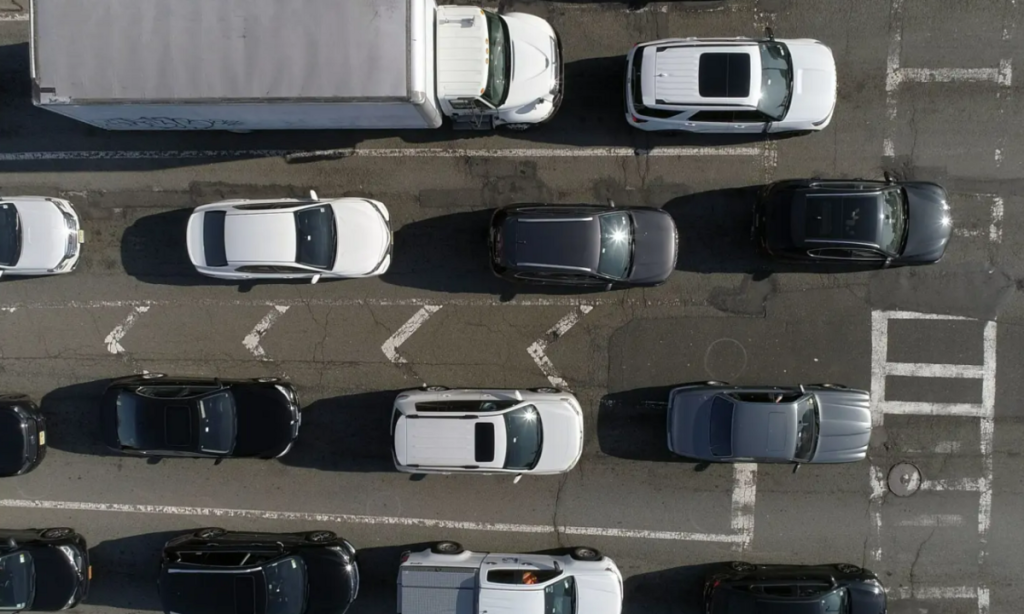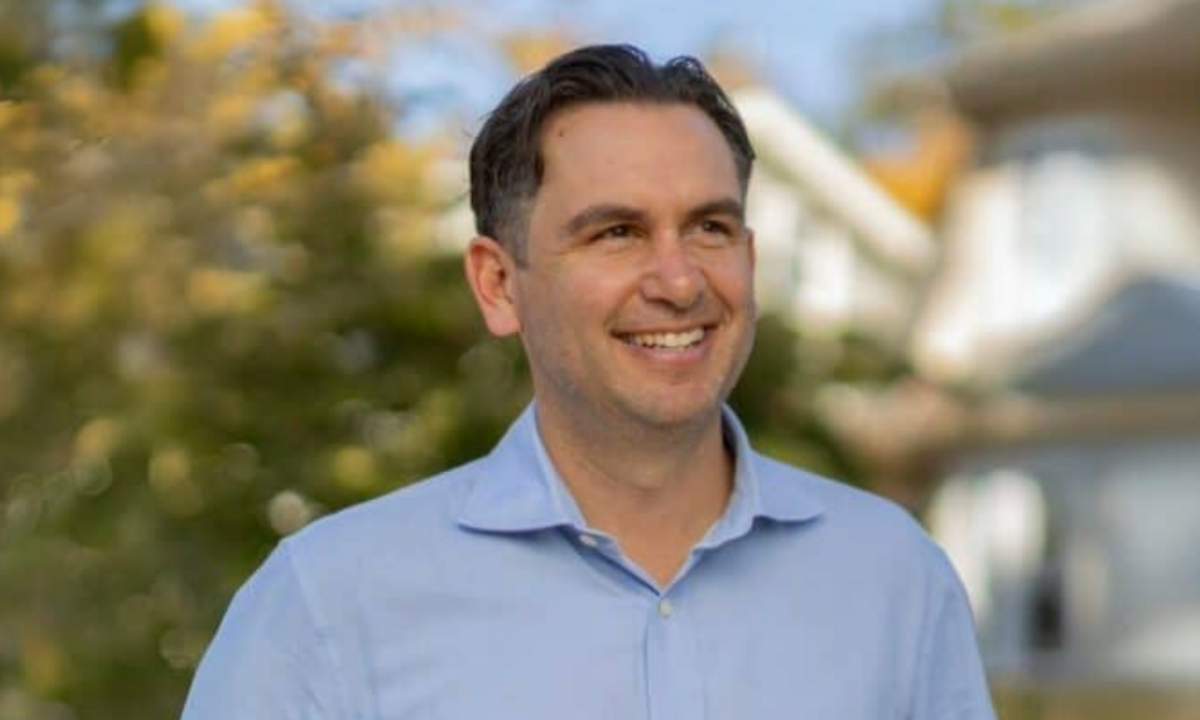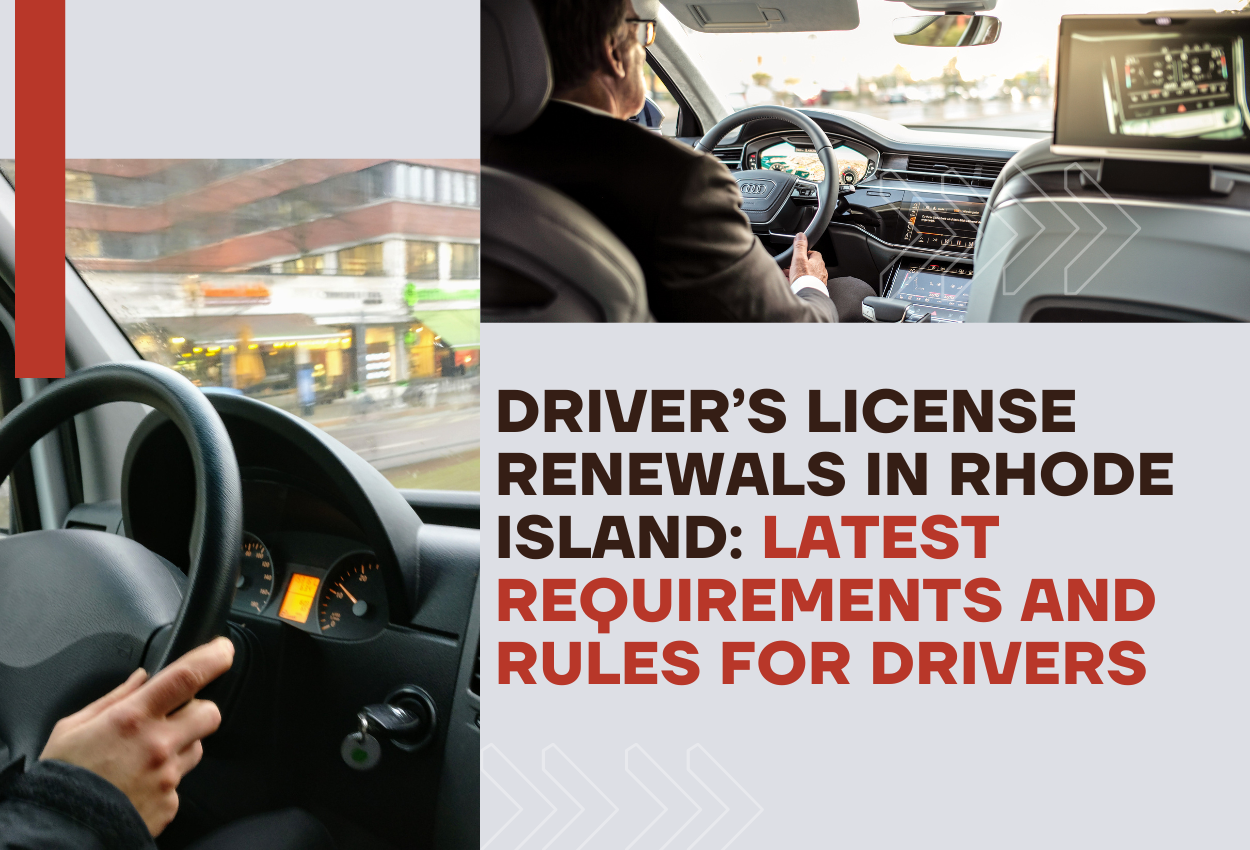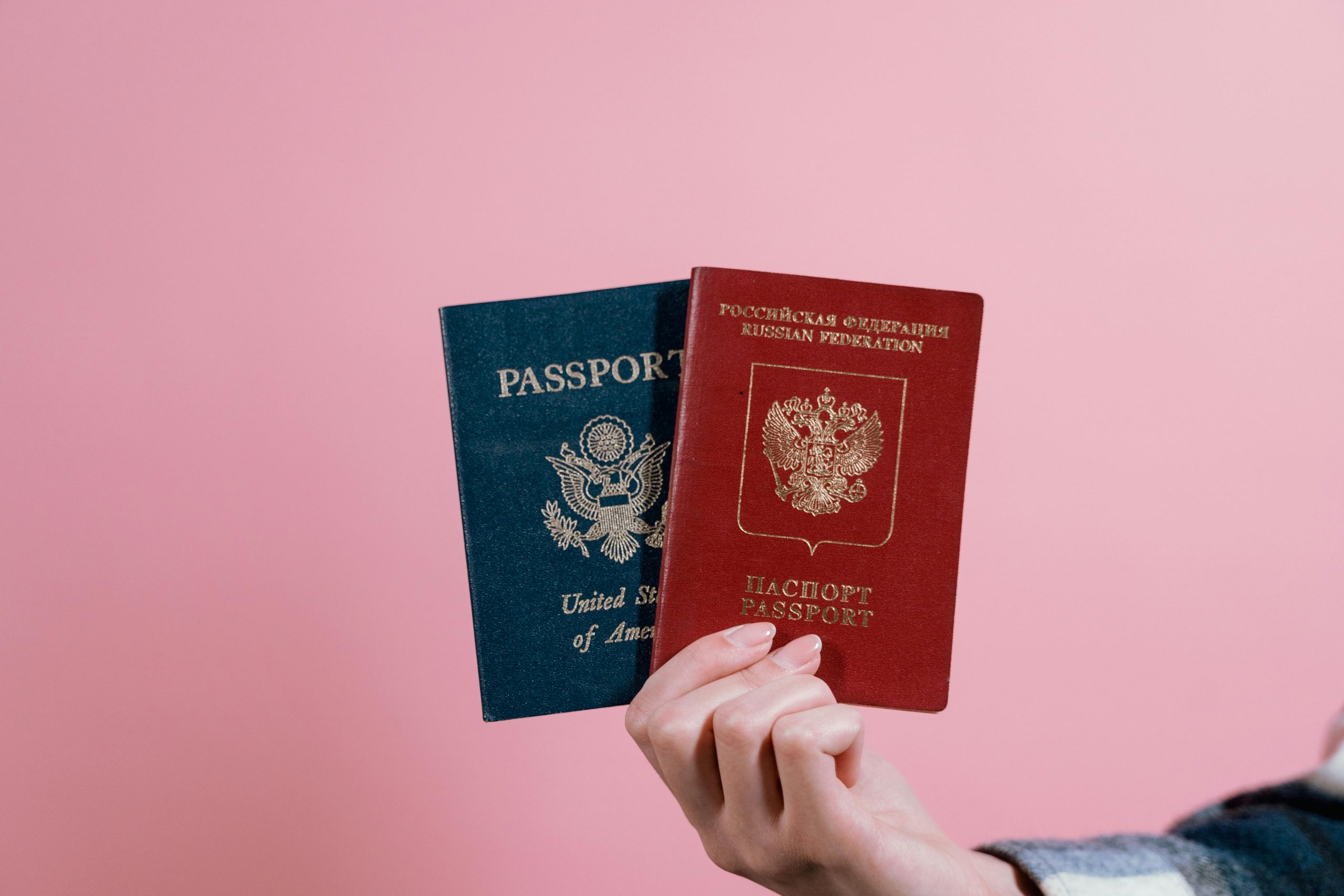Jersey City Mayor Steven Fulop has introduced a bold proposal to counter New York City’s recently launched congestion pricing toll. The plan, called reverse congestion pricing, would charge drivers entering New Jersey from New York. According to Fulop, this move could create a fairer system while helping New Jersey fund improvements to its struggling transit system.
This proposal comes in response to the controversial NYC congestion pricing toll, which began on January 5, 2025, and has been causing frustration for many New Jersey commuters.
New York City’s Congestion Pricing Toll: An Overview
New York City implemented its congestion pricing system to reduce traffic, improve air quality, and raise funds for the Metropolitan Transportation Authority (MTA). The toll charges drivers entering Manhattan below 60th Street.

Here’s how the toll works:
Peak hours: $9 for E-ZPass users, $13.50 for others.
Overnight hours: $2.25 for E-ZPass users, $3.30 for others.
Motorcycles pay half the car rate, while trucks and buses are charged higher rates based on size.
Some exemptions apply, including emergency vehicles, school buses, and eligible disabled drivers. Drivers with low incomes can apply for a discount if they pay the toll 10 times a month.
While NYC officials praise the toll for its benefits, it has left many New Jersey commuters upset, as they must now pay an additional fee to drive to work in Manhattan.
Why New Jersey Is Pushing Back
Mayor Fulop’s reverse congestion pricing plan aims to address what many New Jersey residents see as an unfair financial burden. Fulop believes New Jersey has been disproportionately impacted by New York’s toll system, with no direct benefits for the state.
To balance the scales, the reverse toll would charge drivers heading into New Jersey from major crossings like the Holland Tunnel, Lincoln Tunnel, and George Washington Bridge.
How Reverse Congestion Pricing Would Work
Under this proposal, New Jersey would install toll stations or electronic gantries at key entry points into the state. The revenue generated would go directly to improving NJ Transit, which has been plagued by delays, cancellations, and outdated infrastructure.
Fulop has emphasized the urgent need for investment in public transit. He argues that until NJ Transit becomes more reliable, many commuters won’t consider switching from driving to public transportation.
Missed Opportunities for New Jersey
Initially, there was hope that New Jersey might benefit from NYC’s congestion toll. The original plan included potential funding for New Jersey to offset the impact on its residents. However, legal disputes prevented this deal from materializing.
Fulop sees his reverse toll as a way to recover lost opportunities and secure much-needed funds for New Jersey’s transit system.
Concerns and Unanswered Questions
While the reverse congestion pricing plan has gained attention, it also raises several concerns:
Will New Jersey residents have to pay the toll when returning home, similar to how New Yorkers pay under NYC’s system?
How will the toll rates be structured, and will there be discounts or exemptions for certain groups?
These unanswered questions have left some drivers worried about the potential financial impact.
Early Effects of NYC’s Congestion Toll
In its first few days, NYC’s congestion pricing toll has had mixed results. Traffic in Manhattan below 60th Street has decreased, especially at the Holland and Lincoln Tunnels. However, other roads, like the FDR Drive, which are exempt from the toll, have seen an increase in vehicles.
If New Jersey implements its reverse toll, similar traffic pattern changes could occur within the state.
Political Implications
Mayor Fulop, who is also running for governor, has used this issue to criticize current Governor Phil Murphy. Fulop argues that Murphy failed to secure funding for NJ Transit when NYC introduced its toll plan, leaving New Jersey at a disadvantage.
This proposal not only addresses transportation issues but also positions Fulop as a candidate who is willing to stand up for New Jersey residents.
What’s Next for New Jersey Drivers?
If implemented, the reverse congestion toll could significantly impact drivers entering New Jersey from New York. Electronic toll booths or gantries would likely be installed, with rates varying by time of day.
Fulop hopes the proposal will encourage NYC to reconsider how its toll system affects neighboring states. At the same time, he aims to generate revenue to make NJ Transit more efficient and reliable.
While some see the plan as a fair response to NYC’s congestion toll, others worry it could escalate tensions between the two states. Either way, this proposal has sparked a lively debate about the future of regional transportation and funding.
Disclaimer—Our team has checked this article to ensure its accuracy and eliminate any misinformation. We are committed to providing clear and reliable information for our readers.




